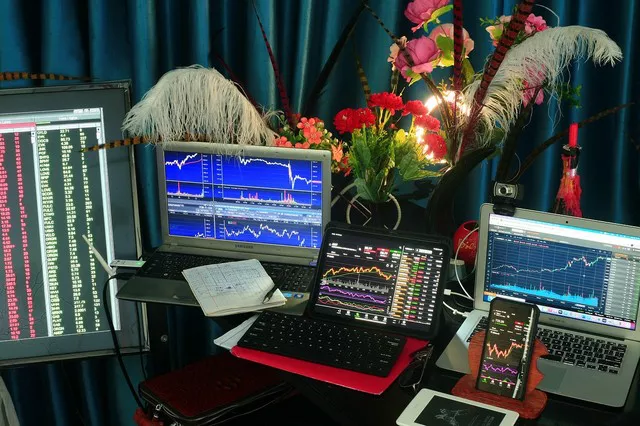The world of finance is dynamic and complex, featuring various instruments and markets that allow investors to speculate and manage risk. One of the key components of the financial landscape is the Dow Futures market. In this article, we will delve into the Dow Futures market, exploring its definition, functions, significance, and how it operates within the broader financial ecosystem.
Understanding Dow Futures
Dow Futures, also known as Dow Jones Futures, are financial derivatives that allow investors to speculate on the future movements of the Dow Jones Industrial Average (DJIA). The DJIA is a widely recognized stock market index that represents a collection of 30 major publicly traded companies in the United States. Dow Futures contracts enable traders to predict whether the DJIA will rise or fall before a specified date in the future.
Functions and Significance
The Dow Futures market serves several key functions within the realm of finance. Firstly, it provides a platform for investors and traders to hedge against potential market risks. By trading Dow Futures contracts, market participants can protect their portfolios from adverse movements in the DJIA, mitigating potential losses.
Additionally, the Dow Futures market serves as a barometer for market sentiment and investor confidence. The movement of Dow Futures reflects how traders anticipate the future performance of the DJIA. Positive sentiment in the Dow Futures market often aligns with expectations of a bullish market, while negative sentiment may indicate a bearish outlook.
Market Participants and Trading Hours
Various types of market participants engage in Dow Futures trading, including institutional investors, hedge funds, individual traders, and market makers. These participants bring diverse strategies and perspectives to the market, contributing to its liquidity and volatility.
Dow Futures trading operates nearly around the clock due to the global nature of financial markets. The market opens on Sunday evening and closes on Friday evening, with breaks during the trading week. This extended trading schedule allows investors from different time zones to participate, contributing to the market’s liquidity and efficiency.
Price Determinants
Several factors influence the price movements of Dow Futures contracts. Economic indicators, corporate earnings reports, geopolitical events, and monetary policy decisions can all impact market sentiment and influence traders’ predictions about the future direction of the DJIA. Additionally, global market trends and news can trigger shifts in Dow Futures prices.
Leverage and Risk
Dow Futures trading involves the use of leverage, which allows traders to control a larger position with a relatively smaller amount of capital. While leverage can amplify potential profits, it also exposes traders to higher levels of risk. It is crucial for traders to manage their positions and risk tolerance carefully, as the volatility of the Dow Futures market can lead to substantial gains or losses.
Trading Strategies
Numerous trading strategies are employed in the Dow Futures market, ranging from day trading to longer-term trend-following approaches. Traders often use technical analysis, studying price charts and patterns, as well as fundamental analysis, examining economic indicators and market news, to inform their trading decisions.
Conclusion
The Dow Futures market is a critical component of the financial landscape, enabling traders and investors to speculate on the future movements of the Dow Jones Industrial Average. It serves as a platform for risk management, reflects market sentiment, and plays a role in shaping broader market trends. As a derivative instrument with leverage and inherent risk, it demands careful consideration and expertise from those who choose to engage in Dow Futures trading.


